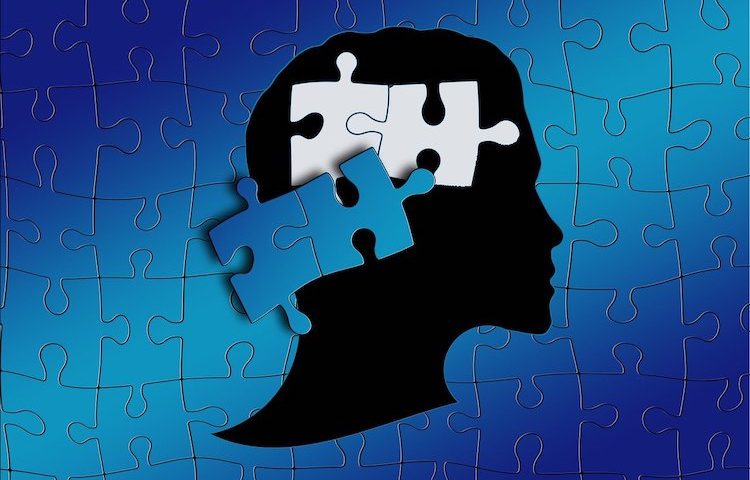What are the Different Kinds of Dyslexia?

The MCATs: What You Need to Know
February 9, 2021
Dyscalculia: A Mathematical Learning Disability
March 9, 2021What are the Different Kinds of Dyslexia?
Dyslexia is a learning disability that affects one’s ability to read and write. More specifically, this condition causes the brain to process symbols and sounds of words differently. A common misconception of Dyslexia is those who struggle with the brain condition are less intelligent or lazy. This is a wide misconception because Dyslexia only affects a student’s neurological function rather than intelligence. According to medical experts, around 5-15% of Americans have Dyslexia, some undiagnosed. The majority of people who get diagnosed with Dyslexia are male children.
Although Dyslexia describes a general learning difference, the degree varies from person to person. Some people have trouble reading quickly or often mistake what they read. Some others can have issues with understanding what they are reading or pronunciation certain words. After all, there is no cure for Dyslexia, only ways to manage daily tasks that the brain disorder affects. These strategies to help with daily tasks like reading or writing include time management strategies, flashcards and text-to-voice technologies, notes, and other methods to combat the effects.
Which Types of Dyslexia Can Affect Students?
There are six types of Dyslexia, which come with unique symptoms, signs, and care. The six types of Dyslexia are: Phonological Dyslexia, Surface Dyslexia, Visual Dyslexia, Primary Dyslexia, Secondary Dyslexia, and Trauma Dyslexia.
1) Phonological Dyslexia
This kind of Dyslexia comes from the inability to manipulate the basic sounds of language, which makes reading difficult. Essentially, students can read the whole word but struggle with sounding words out. They know familiar words, but struggle to master new vocabulary.
2) Surface Dyslexia
In this type, students will struggle to decode words. Mastering the English language can seem tricky because it contains many words that spell differently than they sound. With people without Dyslexia, they can recognize odd spellings and read them. However, students with Surface Dyslexia come upon these words and take longer to comprehend and read that word. Some examples of words surfaces dyslexic people struggle with are weight or debt, words that do not sound like they are spelled.
3) Visual Dyslexia
Some symptoms of Visual Dyslexia are trouble remembering what they have read or trouble reading in general. With this type of Dyslexia, students’ eyes struggle to see the full picture of what they are reading. This condition also includes skipping over words, transposing letters, and trouble finding words or letters on a page.
4) Primary Dyslexia
Primary Dyslexia is the transfer of Dyslexia from parent to child. This kind of Dyslexia is genetic and involves the difficulty of processing sounds, numbers, or words.
5) Secondary Dyslexia (Developmental)
With Secondary Dyslexia, people suffer brain development issues during the beginning of fetal development.
6) Trauma Dyslexia
Finally, Trauma Dyslexia comes after severe brain trauma or injury that affects the part of the brain that controls reading and writing. Trauma Dyslexia is the rarest form of Dyslexia.
How Do I Know If My Student Has Dyslexia?
People with Dyslexia can experience symptoms at any age but usually are more noticed during childhood. The symptoms can be taking longer to learn how to crawl, talk, ride a bike, read, pronounce words, and many other telltale signs. They also might struggle with writing words, understanding numbers, using proper syntax, and adhering to grammatical rules.
How are Students Diagnosed with Dyslexia?
Usually, people with Dyslexia have had it their entire life or develop it, but it can be caused by brain injuries too. To be diagnosed, you can go to a professional evaluation by a neurologist. An evaluation looks into many aspects of learning and other sensory tests to see if Dyslexia is the issue. A student could be suffering from vision or hearing impairment that can have similar symptoms to Dyslexia. Luckily, students will receive educational resources to aid in their learning experience after receiving an official diagnosis.
How Can Dyslexia Affect a Student’s Education?
Dyslexia can make it hard for students to read, write, and learn at the same pace as other students. Reading texts and writing can take dyslexic students a longer time compared to their classmates which can hinder them from their highest potential. This becomes an issue taking tests as well as dyslexic students are at a great disadvantage. With timed tests, dyslexic students do not have adequate time to be considered equal with other classmates. Luckily, due to the Americans with Disabilities Act (ADA), students are entitled to reasonable accommodations for their success.
This is not limited to tests since students can receive modifications to their homework, such as lower-level math problems or assignments being available in audio format. To receive these accommodations, you should speak with your neurologists and teachers to work out proper modifications.
As for testing accommodations, students with Dyslexia are almost always entitled to at least 25% more time to allow for their success. For the ACT and SAT, there is an accommodation process that they can go through, but requests can take up to 7 weeks to process.
Do you or your student with Dyslexia need help to prepare for an upcoming test? Check out Test Prep Score for resources and ways to prepare accordingly for your next exam.


